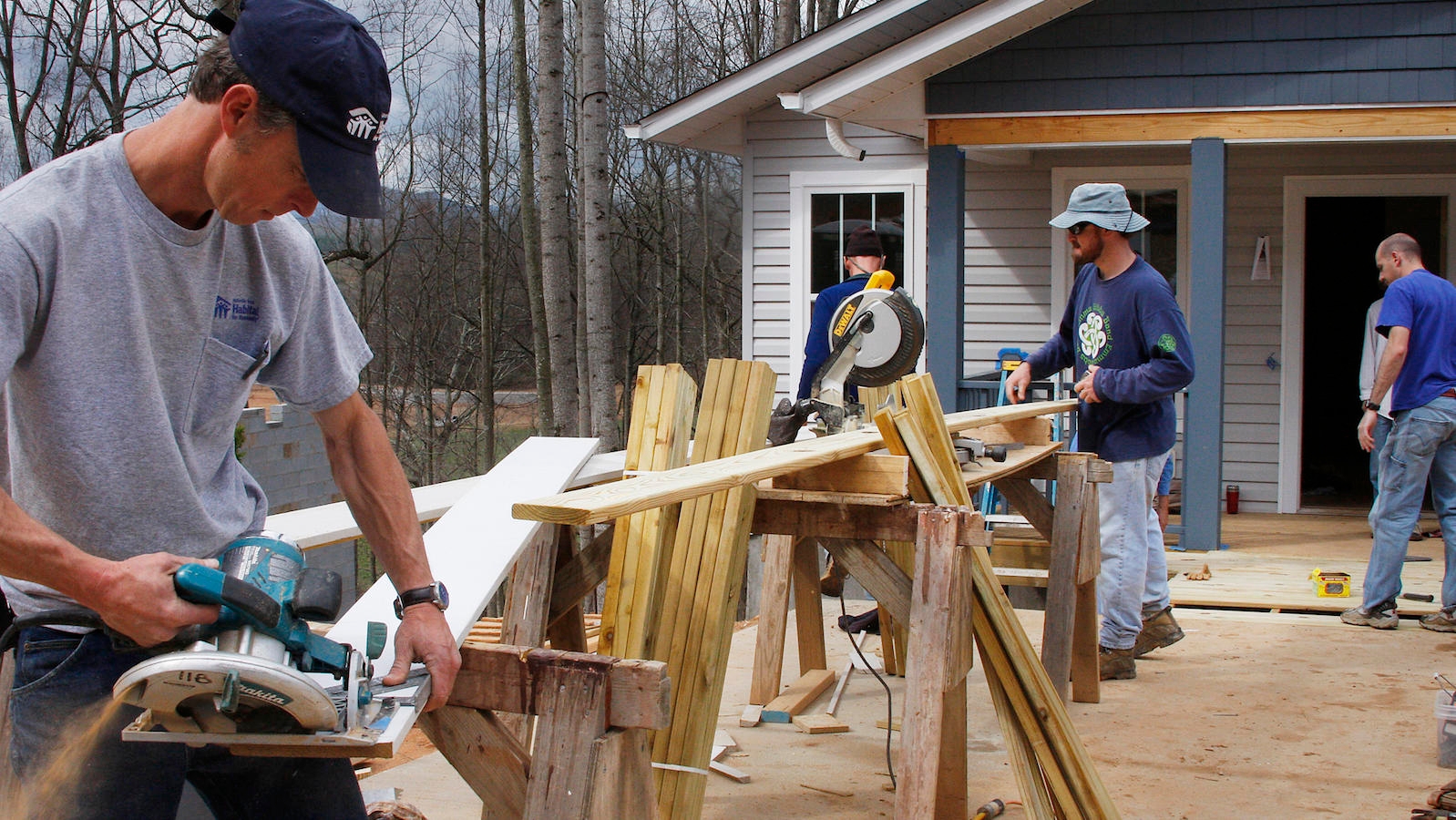Commentary on Parashat Pekudei, Exodus 38:21-40:38, 12:1-20
In this week’s Torah portion, Pekudei, Moses finished the work of setting up the mishkan (tabernacle), the movable sanctuary in the desert. The mishkan was designed to be the central structure of relationship between God and God’s people. It was also the center of the human community, the location of all religious activity and the site where civil disputes were heard and settled. It housed the tablets of the Ten Commandments, the core document that declares the principles of human-Divine and human-human interactions.
The mishkan in many ways exemplifies the relationship between holiness and community. The root of the Hebrew word, sh (שׁ)-ch(כּ)-n(נ), is related to the root of the words Shechinah — God’s presence on earth — and shachen — neighbor.
The physical placement of the mishkan was also significant: once constructed, the mishkan not only was the spiritual and civil center of the people, but also the physical center of the community as the Israelites arranged their camp around it by tribe (Numbers 1:1-4:20). Through the mishkan, the Israelites were able to structure their community around God and God’s laws. The creation of holy community thus became possible through the shared creation of a structure founded on sacred ethics.
The Torah gives detailed instructions on the design and construction of the communal structure, and names the person responsible for building it. Yet the Israelites were still invited to contribute offerings from their own hearts.
With your help, My Jewish Learning can provide endless opportunities for learning, connection and discovery.
Everyone Has a Role
Sforno, a 16th-century Italian commentator, wrote that because the Jewish people wholeheartedly donated the materials to build the mishkan, they shared in its actual construction. Even if one was physically unable to do the work of creating the mishkan, he argued, providing support for its construction allowed each individual to share in it completely.
The portion, too, even while recognizing the leadership of the mishkan’s chief architect, emphatically attributes the project to the entire community. “The Israelites did so,” it says, “just as God had commanded Moses, so they did.” (Exodus 39:42)
The same is true as we work to build a holy global community. We may not be able to do the intense physical labor required to build community centers in Honduras or Uganda, but we are able to contribute funds to those who can.
We may not be able to provide medical care to refugees from Darfur, but we can commit to keeping the crisis at the forefront of our thoughts and actions. We may not be able to stop the AIDS pandemic, but we can advocate for better legislation to meet the needs of those suffering from the disease.
The mishkan was completed a year following the exodus from Egypt, leaving 39 more years in the desert (Exodus 40:17). The Israelites did not wake up the morning following its completion with nothing left to do. For them, and for us, the task of making the universe a worthy dwelling place for God continues, requiring us to repair and renovate the many situations that are broken.
Like the holy community that erected the mishkan, a holy global community must be centered around an ethical core. It must be a place where neighbors treat each other with respect, where disputes are settled in justice and where everyone beneath his vine and fig tree can live in peace and unafraid (Isaiah 2:4).
Provided by American Jewish World Service, pursuing global justice through grassroots change.
Torah
Pronunced: TORE-uh, Origin: Hebrew, the Five Books of Moses.



